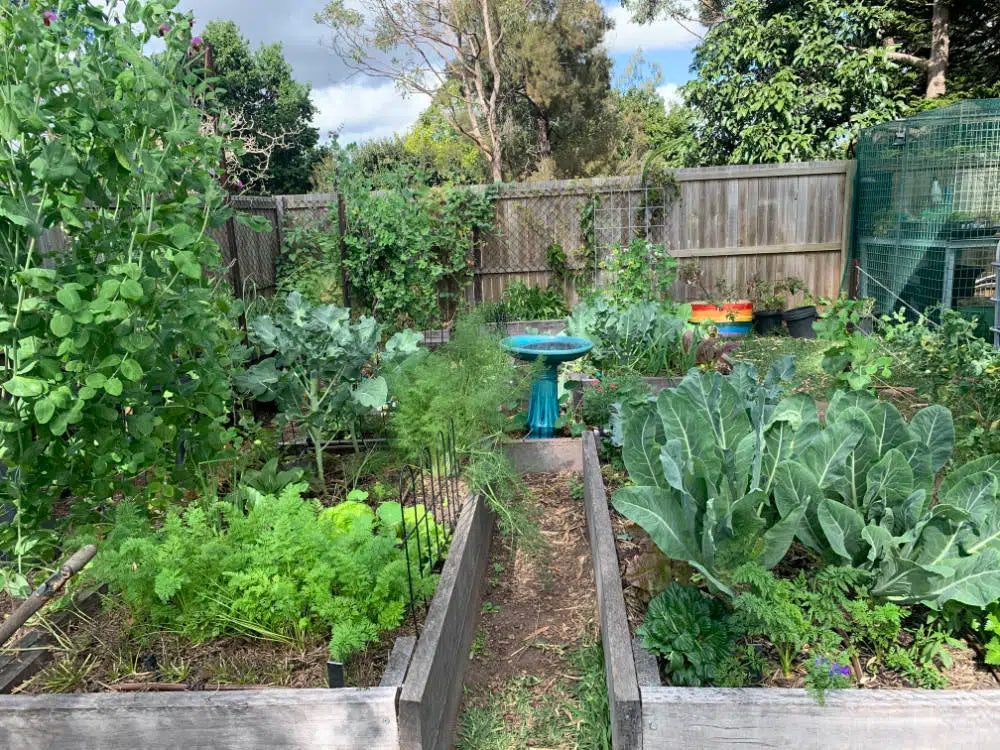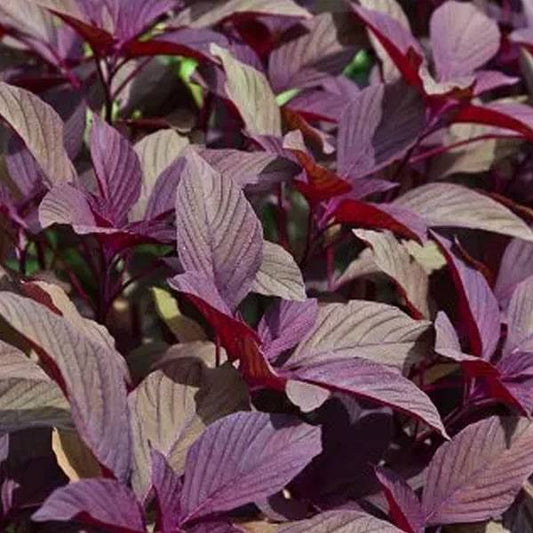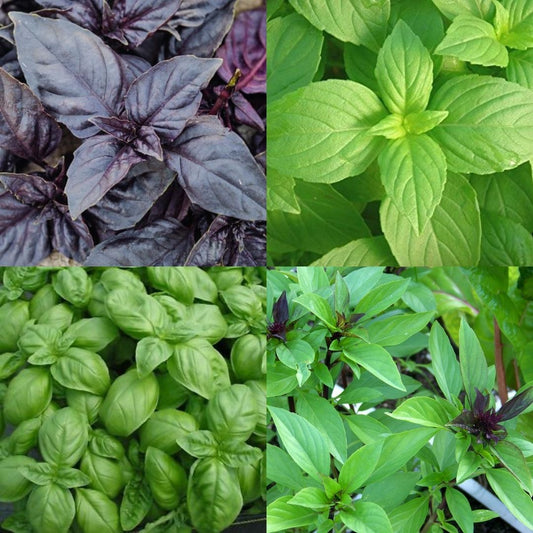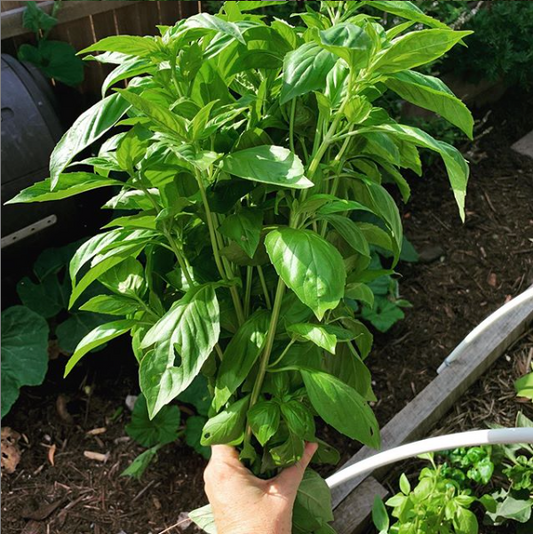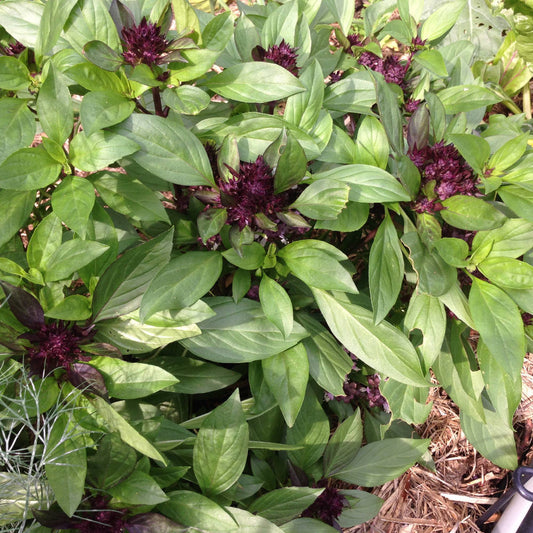Subtropical Australia is a gardener’s paradise, with its unique climate offering diverse opportunities for vegetable cultivation. Unlike the more familiar four-season pattern seen in temperate regions, subtropical Australia experiences three distinct seasons: the warm wet season, the cool dry season, and the warm dry season. Each of these seasons presents unique conditions that affect vegetable gardening, from planting to harvesting. Understanding these seasons is key to maximising your garden’s productivity.
The Cool Dry Season
The cool dry season, lasting from April to August, is marked by temperatures ranging from 10°C to 25°C and significantly lower humidity. Rainfall is minimal, resulting in clear skies and sunny days.
This season is ideal for growing a wide variety of vegetables, including leafy greens like lettuce, spinach, and kale, as well as root vegetables such as carrots, beets, and radishes. The cooler temperatures and reduced humidity minimise the risk of fungal diseases, making it a less stressful period for gardening.
Water management is crucial during the cool dry season due to the lack of rainfall. Drip irrigation systems are highly effective, providing consistent moisture directly to the roots while conserving water. Mulching remains important to help retain soil moisture and regulate soil temperature.
Frost can occasionally occur in certain areas during the cool dry season, posing a threat to sensitive plants. Gardeners should monitor local weather forecasts and be prepared to cover vulnerable plants with frost cloths or other protective materials.
The Warm Dry Season
The warm dry season, from September to November, marks the transition from the cool dry season to the warm wet season. Temperatures begin to rise, averaging between 20°C and 30°C, but humidity remains low.
This short but distinct season is an excellent time to start planting warm-season crops that will thrive in the upcoming wet season. Tomatoes, peppers, zucchinis, and squash can be started in this period. These plants benefit from the warming temperatures and can establish strong root systems before the heavy rains arrive.
Soil preparation is crucial during the warm dry season. Adding compost and organic matter improves soil structure, enhances fertility, and increases its water-holding capacity. This preparation ensures that plants can take full advantage of the nutrient-rich soil when the wet season begins.
Gardeners should also be vigilant about watering, as the increasing temperatures can cause soil to dry out quickly. Consistent, deep watering encourages deep root growth and helps plants withstand the heat. Mulching continues to play a vital role in conserving soil moisture and suppressing weeds.
The Warm Wet Season
The warm wet season, spanning from December to March, is characterised by high temperatures, increased humidity, and substantial rainfall. Average temperatures range from 25°C to 35°C, and humidity often exceeds 70%.
During this period, the garden transforms. The ample rainfall and warm temperatures create ideal conditions for rapid growth. This season is perfect for planting heat-loving, fast-growing vegetables such as cucumbers, pumpkins, eggplants, and various types of beans. These vegetables thrive in the moist, warm soil and can produce bountiful harvests.
However, the wet season also presents challenges. Excessive rainfall can lead to waterlogged soil, which can harm root systems and cause fungal diseases. Gardeners must ensure proper drainage and consider raised beds to prevent water accumulation. Mulching is also crucial to retain soil moisture and reduce weed growth.
Additionally, pests and diseases are more prevalent due to the warm, humid conditions. Regular monitoring and integrated pest management strategies, such as using natural predators and organic pesticides, are essential to keep your garden healthy.
Growing vegetables in subtropical Australia requires a keen understanding of its three distinct seasons. Each season—warm wet, cool dry, and warm dry—offers unique conditions that affect vegetable gardening. By aligning planting schedules, choosing appropriate crops, and implementing effective water and pest management strategies, gardeners can maximise their yields throughout the year.
The warm wet season's abundance of rain and heat is perfect for fast-growing summer crops, while the cool dry season provides an ideal environment for a variety of leafy greens and root vegetables. The warm dry season serves as a bridge, preparing the garden for the next cycle of growth. With careful planning and adaptation, vegetable gardening in subtropical Australia can be both rewarding and productive, offering fresh, homegrown produce year-round.


